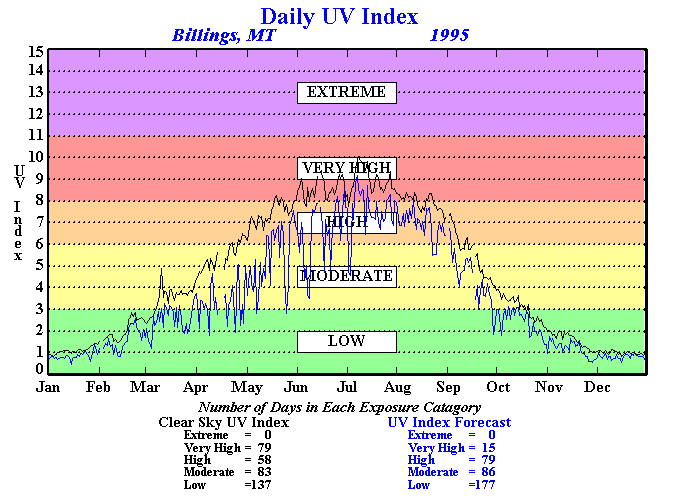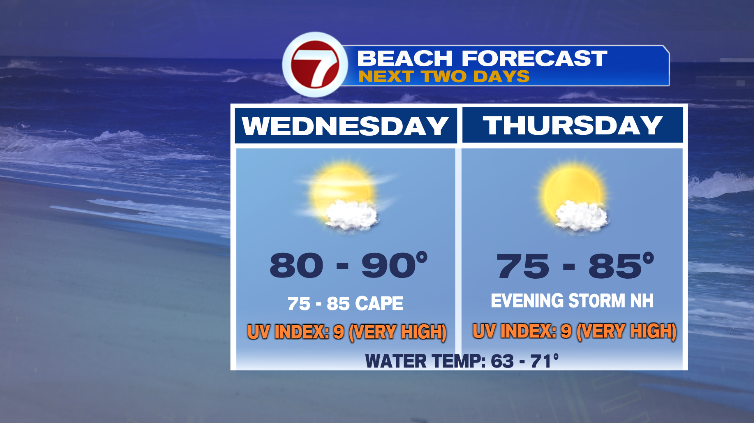Welcome to Myrtle Beach, a sun-soaked paradise that captivates millions of visitors each year with its sandy shores, vibrant attractions, and enticing outdoor activities. However, while basking in the beauty of this oceanfront destination, it’s crucial to be informed about the UV index, a key factor in ensuring a safe and enjoyable trip. In this comprehensive guide, we’ll explore everything you need to know about the UV index in Myrtle Beach, including tips for protecting yourself from harmful UV rays, personal anecdotes, and much more!
What is the UV Index?
The UV index is a measure of the strength of sun’s ultraviolet (UV) radiation on a given day. It ranges from 0 (low) to 11+ (extreme). The higher the UV index, the greater the potential for skin damage, which makes it essential for beachgoers to understand its implications for their health.
Understanding UV Radiation
UV radiation is divided into three types: UVA, UVB, and UVC. Here’s a quick breakdown:
- UVA: These rays penetrate deeply into the skin and contribute to premature aging and skin cancer.
- UVB: The primary cause of sunburn, UVB rays are vital to the production of vitamin D but can also cause skin damage and increase the risk of cancer.
- UVC: These rays are the most dangerous but are absorbed by the Earth’s atmosphere and do not reach the surface.
Why is the UV Index Important for Myrtle Beach Visitors?
Myrtle Beach is renowned for its sunny weather, making it a prime spot for outdoor activities. However, the UV index can fluctuate based on factors such as the time of year, weather conditions, and geographical location. Knowing the UV index helps you take necessary precautions to avoid sunburn and long-term skin damage.
UV Index Levels in Myrtle Beach: A Yearly Overview
The UV index can vary significantly throughout the year in Myrtle Beach. Below is a breakdown of average monthly UV index levels:
| Month | Average UV Index |
|---|---|
| January | 2 |
| February | 3 |
| March | 5 |
| April | 7 |
| May | 9 |
| June | 10 |
| July | 10 |
| August | 9 |
| September | 7 |
| October | 4 |
| November | 3 |
| December | 2 |
Personal Travel Experience: Navigating the Sun at Myrtle Beach
During my last visit to Myrtle Beach, I was excited to hit the beach with my family. It was early July, and we were prepared for a fun-filled day. However, I checked the UV index beforehand and found it was rated a 10, which is considered very high. That prompted me to grab our sunscreen, floppy hats, and beach umbrellas before heading out. Our sunscreen was SPF 50, which I applied generously, and we made sure to reapply every two hours.
Despite our precautions, I noticed a few visitors who didn’t seem as prepared. Some were already sunburned by noon! This experience highlighted the importance of understanding the UV index and its impact on outdoor plans.
Tips for Protecting Yourself from UV Radiation in Myrtle Beach
1. Apply Sunscreen Generously
Choose a broad-spectrum sunscreen with an SPF of at least 30 and apply it generously on all exposed skin. Don’t forget areas like your ears, feet, and the back of your knees.

2. Seek Shade
Whenever possible, take breaks from direct sunlight. Utilize beach umbrellas, canopies, or natural shade provided by trees.
3. Wear Protective Clothing
Opt for lightweight, long-sleeved clothing that covers your skin. Look for fabrics with UPF (Ultraviolet Protection Factor) ratings for added protection.

4. Stay Hydrated
Drink plenty of water throughout the day. Staying hydrated helps your skin cope with sun exposure.
5. Time Your Outdoor Activities
The sun’s rays are the strongest during midday, typically between 10 AM and 4 PM. Plan your beach activities for early morning or late afternoon.

Sun Safety Tips for Kids
Kids are particularly vulnerable to UV radiation. Here are some sun safety tips tailored for younger beachgoers:
- Apply kid-friendly sunscreen with a minimum SPF of 30.
- Encourage children to wear sunglasses with UV protection.
- Introduce fun beach games that promote shade, like building a fort.
Destination Highlights: Enjoying Myrtle Beach Safely
Myrtle Beach is packed with activities and attractions that cater to all ages. Here are some highlights that combine fun with safety in mind:
1. The Beach
The main attraction! With its warm waters and golden sand, it’s the ideal place to relax. Remember to follow sun safety guidelines while soaking up the sun.

2. Water Sports
Try out jet skiing, parasailing, or paddle boarding. Always wear a life jacket and ensure you’re protected from the sun.
3. Amusement Parks
Visit Family Kingdom Amusement Park or Myrtle Beach Pavilion. Enjoy outdoor fun while remembering to take sun breaks.

Pros and Cons of Visiting Myrtle Beach
Pros
- Beautiful sandy beaches and warm climate.
- Wide range of activities for families and couples.
- Delicious seafood and dining options.
- Vibrant nightlife and local events.

Cons
- High UV index during summer months.
- Crowded beaches in peak season.
- Potential for severe weather, such as hurricanes.
UV Index Comparison: Myrtle Beach vs. Other Destinations
For a better perspective on the UV index in Myrtle Beach, here’s how it compares with other popular beach destinations:
| Destination | Average UV Index (July) |
|---|---|
| Myrtle Beach, SC | 10 |
| Miami, FL | 11 |
| San Diego, CA | 8 |
| Honolulu, HI | 10 |
| Destin, FL | 9 |

Frequently Asked Questions (FAQs)
What is the highest UV index recorded in Myrtle Beach?
The highest UV index recorded in Myrtle Beach was 11+, typically occurring during summer months when the sun is at its peak.
How can I check the UV index for Myrtle Beach?
You can check the UV index through various weather websites or apps, such as the Weather Channel or the National Weather Service.
Are there any specific sun safety tips for families visiting Myrtle Beach?
Yes! In addition to general sun safety tips, make sure to keep children hydrated, reapply sunscreen every two hours, and encourage them to wear hats and UV-blocking sunglasses.
What are the best times to visit Myrtle Beach to avoid high UV exposure?
The best times to enjoy Myrtle Beach without high UV exposure are early morning (before 10 AM) and late afternoon (after 4 PM).
Conclusion: Enjoy Myrtle Beach Responsibly
Myrtle Beach is undoubtedly one of the best destinations for sun lovers. However, being aware of the UV index and taking necessary precautions can make a world of difference in ensuring a fun and safe experience. Whether you’re lounging on the beach, embarking on a thrilling water sport adventure, or exploring local attractions, keeping the UV index in mind will help protect your skin and health. So pack your sunscreen, enjoy the sun responsibly, and make incredible memories in beautiful Myrtle Beach!